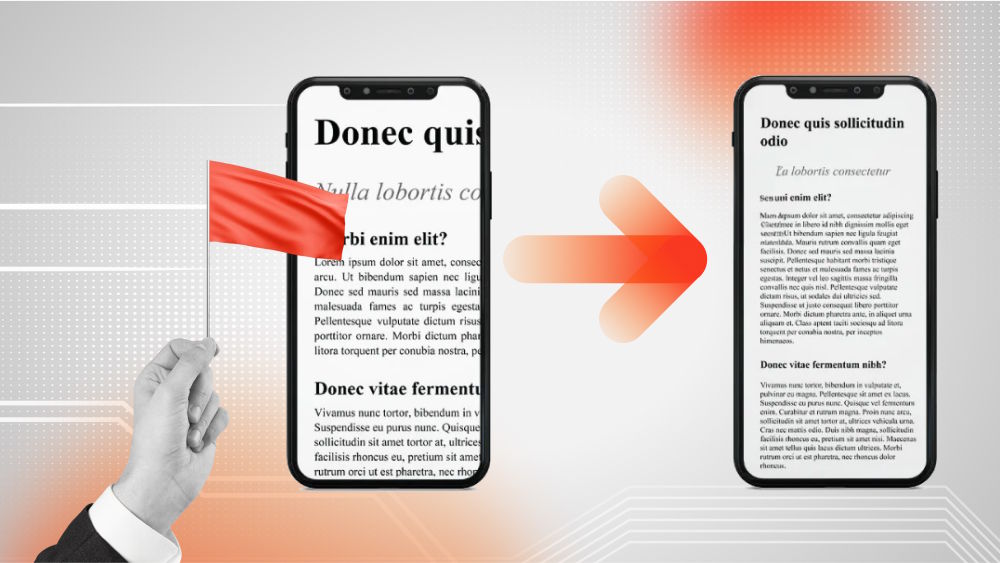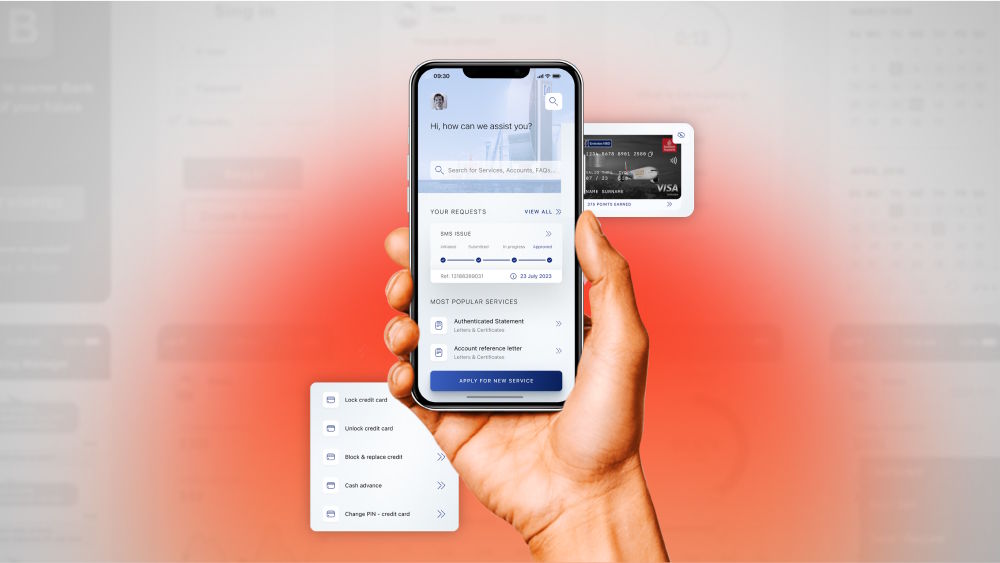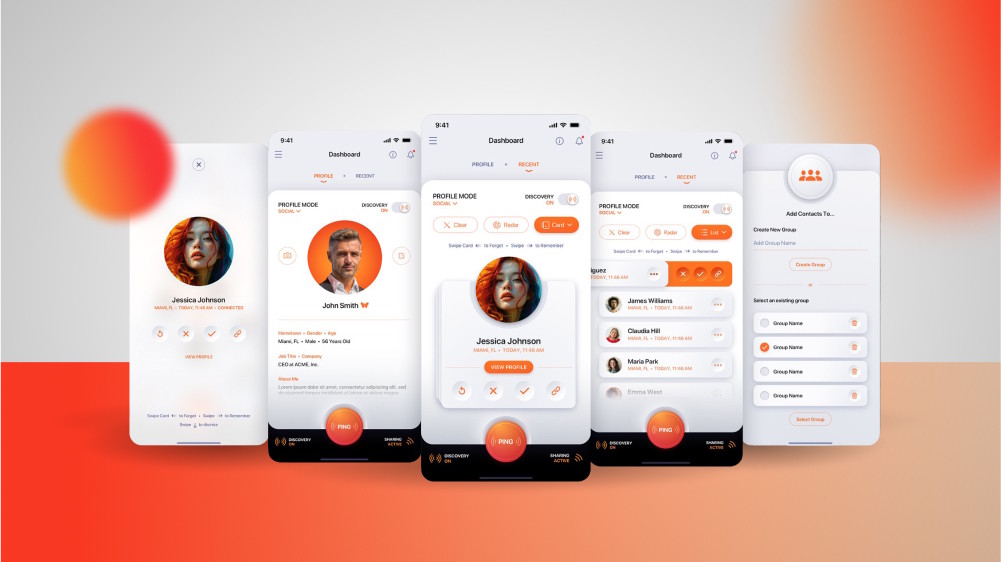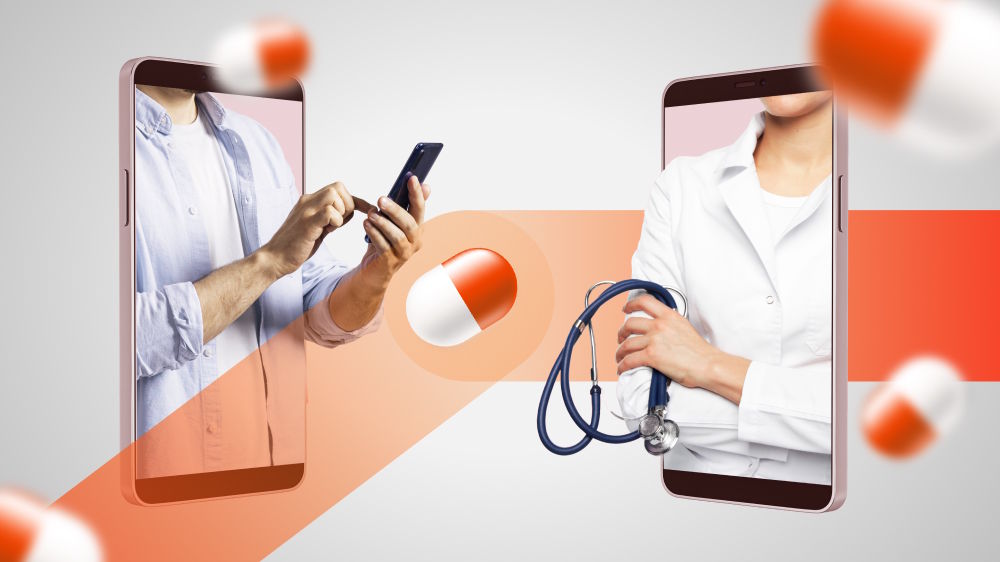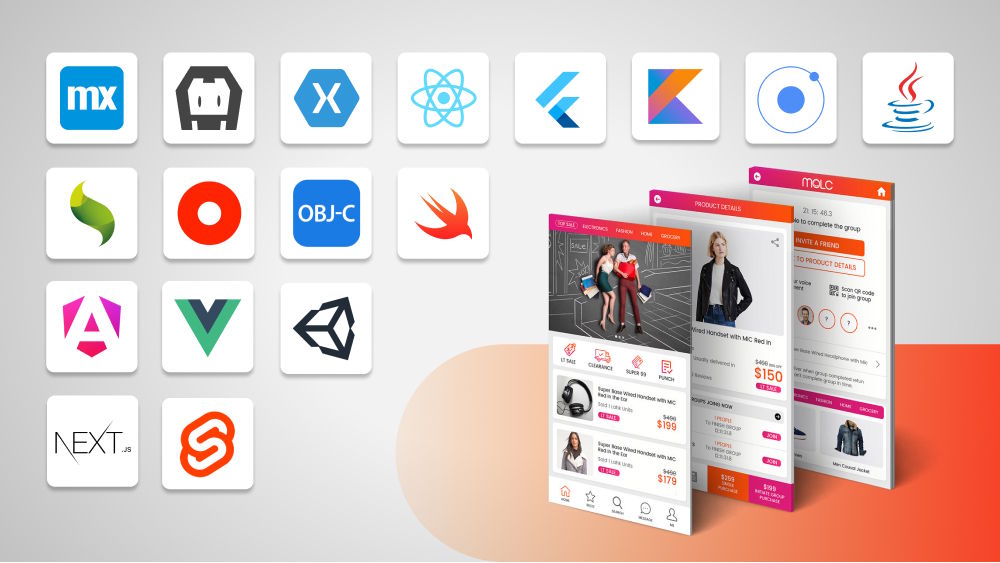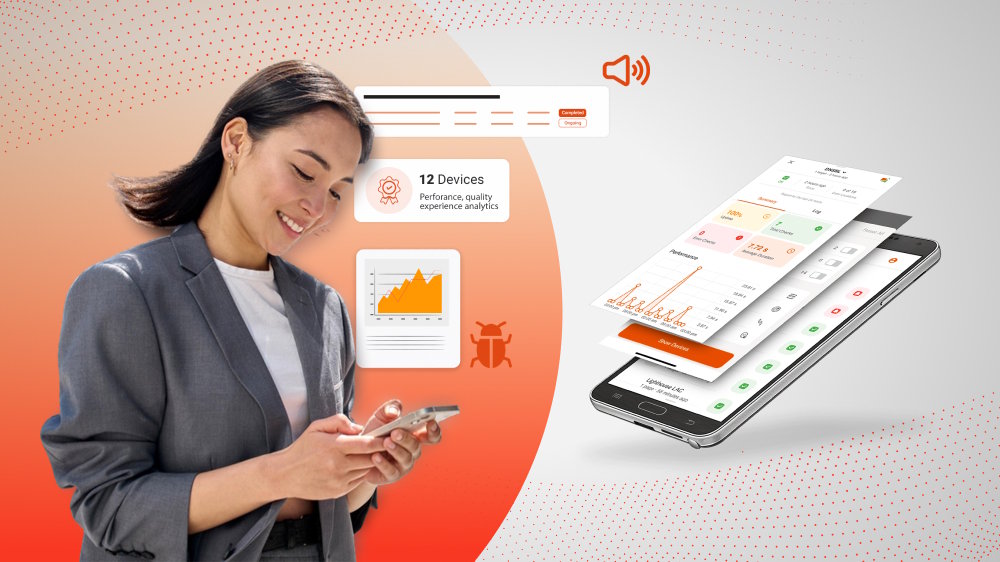
Grocery Delivery App Development: Put Shopping Carts on Your Doorstep
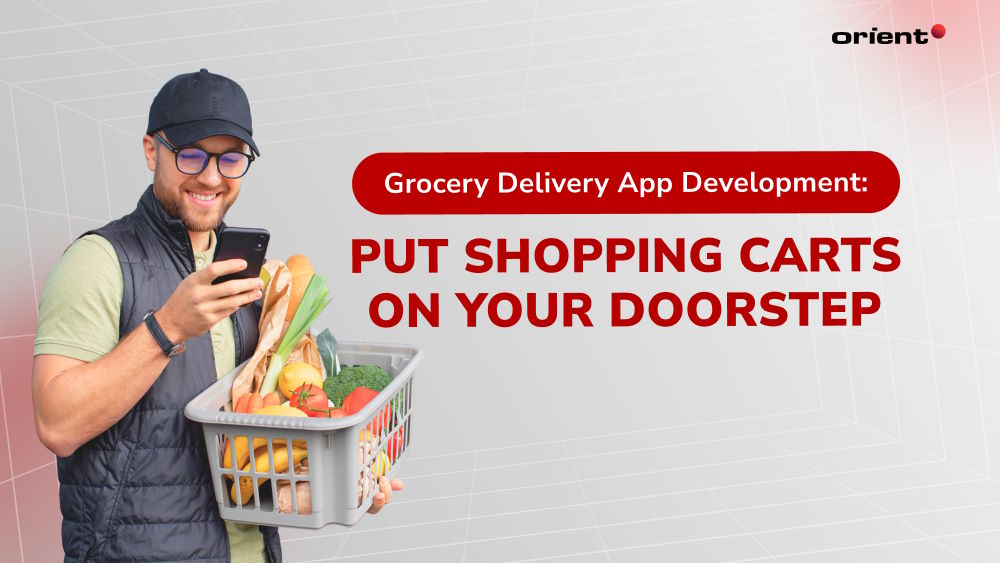
Content Map
More chaptersShopping is an inevitable activity, as the traditional way we come to grocery stores or markets to buy essentials has been deeply ingrained in our routines. But over time, this instinctual routine began shifting under the pressure of modern life. With the rise of technology, the way we shop has drastically changed.
According to recent statistics, the convenience of online grocery delivery apps has become more than a luxury—it’s a necessity. The Online Food Delivery market is anticipated to grow at a CAGR of 10.06% between 2024 and 2028, leading to a predicted market value of US$1.79 trillion by 2028. In the Grocery Delivery market, a revenue growth of 20.3% is anticipated in 2025, and it’s clear that consumers are embracing the digital revolution in shopping.
“Cart to Doorstep” isn’t just a catchy phrase; it’s the new reality of retail. From the palm of your hand to the comfort of your home, online grocery delivery app development is reshaping the way we shop, offering unprecedented convenience and efficiency. As we delve into the world of these transformative apps, we’ll explore how they’re not just meeting demands but driving a shopping revolution—one click at a time. Join us as we unpack the phenomenon that’s taking your groceries from cart to doorstep and transforming the marketplace in the process.
What Is a Grocery Delivery App?

Grocery delivery apps are platforms that enable users to order needed groceries online and have them delivered to their doorstep. These applications offer a convenient way for consumers to shop for groceries without physically going to the store. Users can browse through a variety of products, add them to the virtual cart, and complete the purchase using the app’s payment gateway. The grocery shopping app may also offer features such as real-time tracking of orders, personalized recommendations, and scheduling of deliveries. Some popular examples of grocery delivery apps include Instacart, Shipt, and Amazon Fresh.
The Rise of Grocery Delivery Apps
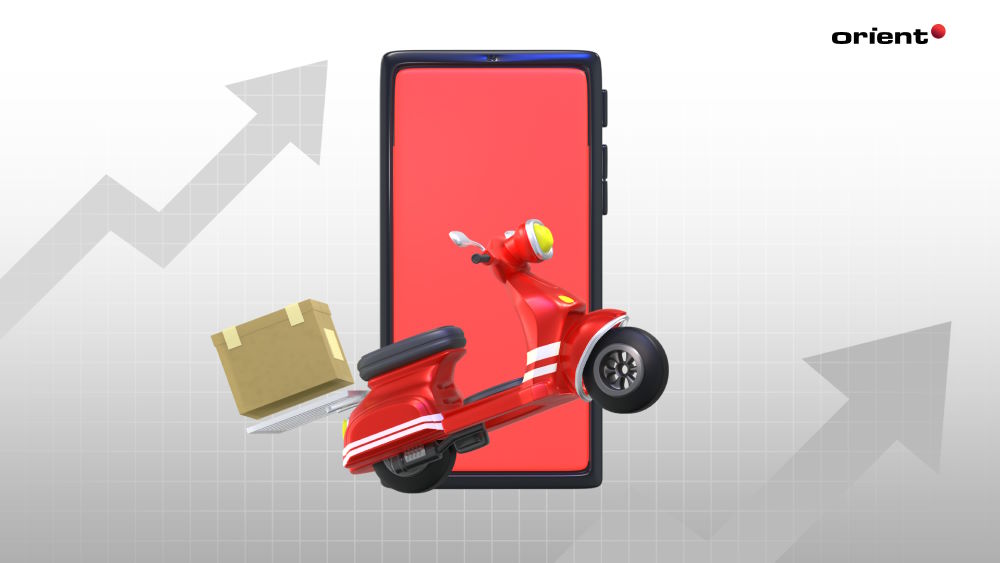
The online grocery shopping sector is experiencing an unprecedented boom. With a compound annual growth rate (CAGR) of 26.8% from 2023 to 2030, online grocery sales are set to expand significantly. In Europe, online grocery could represent 18 to 30 percent of the food-at-home market by 2030. In the first quarter of 2022, a record spike in app usage, with grocery delivery apps representing a quarter of all food and drink app downloads. This growth is driven by evolving customer behaviors, as convenience becomes a paramount concern. During the pandemic, online grocery shopping surged, and this trend is expected to continue, with scheduled delivery and instant delivery services gaining traction.
Grocery delivery services offer a multitude of benefits for consumers. They provide a convenient and efficient shopping experience, allowing users to purchase groceries with just a few clicks. These apps also offer various payment options, enhancing the ease of transactions. With features like zero operational errors and loyalty programs, consumers can enjoy a seamless shopping experience that also rewards them for their loyalty. Additionally, the shift to e-commerce has been accelerated by consumer preferences for safety and unique features like product comparisons and personalized promotions.
For businesses, grocery app development presents numerous opportunities. The rapid shift to online grocery shopping has accelerated the market’s growth by three to five years, with online penetration in grocery expected to reach 14 to 18 percent in the next few years. This shift has opened up new avenues for businesses to partner with third-party providers, expand their e-commerce offerings, and cater to the increasing demand for home delivery. As consumer preferences evolve, businesses have the chance to innovate and capture a significant share of this burgeoning market.
Popular and Successful Grocery Delivery Apps
Before developing your own grocery delivery app, it’s crucial to understand the competitive landscape and familiarize yourself with the most popular existing apps in the market. Several grocery delivery apps have made a significant impact in the market, revolutionizing the way people shop for groceries. Let’s explore some of the top players in the grocery delivery business and how they have shaped the industry with their innovative business models and feature-rich grocery mobile apps.
Instacart
Instacart has become synonymous with grocery delivery, operating in hundreds of cities across the United States and Canada. With Instacart, users can browse a wide range of grocery items from various local stores, select their desired products, and have them delivered directly to their doorstep.
By partnering with various grocery stores, Instacart provides a vast selection of products to users. Their business model focuses on real-time order tracking, personalized recommendations, and seamless communication between customers and shoppers. Instacart’s grocery store app has garnered a massive user base and has long become a go-to platform for online grocery shopping.
Shipt
Shipt has gained popularity for its focus on personalized service and exceptional customer experience. Operating in thousands of cities, Shipt partners with local grocery stores to fulfill customer orders. Shipt’s business model revolves around a membership-based program where users pay a monthly or annual fee for unlimited deliveries.
The grocery mobile app offers features such as real-time order tracking, in-app messaging with shoppers, and same-day delivery options. With its emphasis on efficiency and personalization, Shipt has captured a significant share of the grocery delivery market.
AmazonFresh
As a part of the e-commerce giant Amazon, AmazonFresh has made a notable impact on the grocery delivery scene. Their business model integrates seamlessly with Amazon Prime, offering members the convenience of ordering groceries alongside other products on the platform.
With a vast selection of items, including fresh produce and pantry essentials, AmazonFresh provides a user-friendly grocery delivery app with features like timely delivery, real-time order tracking, and exclusive discounts for Prime members. Their extensive reach and robust infrastructure have propelled AmazonFresh to the forefront of the online grocery app market.
Walmart Grocery
Walmart Grocery has successfully capitalized on its massive network of stores to offer a robust grocery delivery platform. Leveraging its well-established presence, Walmart Grocery allows users to order groceries online and pick them up at their nearest Walmart store or get them delivered to their doorstep.
With a focus on affordability and convenience, Walmart Grocery’s business model emphasizes price comparison, personalized recommendations, and easy reordering through their grocery mobile app. Their seamless shopping experience and competitive pricing have made them a key player in the online grocery app space.
Steps to Develop a Grocery Delivery App
Developing a grocery delivery app requires a systematic approach that encompasses various phases, from initial business development to technical implementation. By following these steps, you can ensure a smooth and successful process throughout the development of your grocery delivery app.
Initial Planning and Strategy Phase
- Market Research: Conduct thorough market research to identify target demographics, assess market demand, and analyze competitors. This step will help you understand user expectations and unique selling points for your app.
- Define Business Model: Determine your app’s business model, such as whether you’ll be partnering with local stores or operating as an independent delivery service. Define revenue streams, pricing strategies, and any additional services you plan to offer, such as subscription models or in-app advertising.
- Create a Business Plan: Develop a comprehensive business plan that outlines your app’s objectives, target audience, marketing strategies, and financial projections. This plan will act as a guide for the whole process of development.
- Secure Partnerships: Establish partnerships with local grocery stores or suppliers to ensure a wide range of products and smooth order fulfillment. Negotiate delivery agreements, pricing, and any other logistical aspects crucial to the success of your app.
Designing the App’s Features and Functionality Phase
- UI/UX Design: Hire a skilled UI/UX designer to build an intuitive and visually appealing interface for your grocery delivery app. Focus on delivering a seamless user experience, easy navigation, and efficient ordering and delivery processes.
- Wireframing and Prototyping: Creating interactive prototypes and wireframes can help illustrate the functionality and flow of your program. This step allows you to test and refine the user experience before proceeding with full-fledged development.
- Feature Planning: Identify and prioritize essential features for your grocery delivery app, such as user registration, product search, shopping cart management, payment integration, real-time order tracking, and customer support. Consider incorporating features like personalized recommendations and social sharing to enhance user engagement.
- Development Timeline: Create a development timeline that outlines the milestones, deliverables, and timelines for each phase of the technical development process. This ensures that the development process stays on track and meets the established deadlines.
Technical Implementation and Development Phase
- Platform Selection: Choose the suitable platform(s) for your grocery delivery app, such as iOS, Android, or a cross-platform framework like React Native or Flutter. Consider factors like target audience, budget, and development resources when making this decision.
- Backend Development: Develop the server-side infrastructure and APIs necessary for seamless communication between the app, database, and external services. Ensure secure data storage, robust performance, and scalability to handle increasing user demands.
- Frontend Development: Implement the UI/UX designs and integrate the functionality and features outlined in the design phase. Focus on building a responsive and user-friendly interface that provides an optimal user experience for different devices and screen sizes.
- Testing and Deployment: Conduct rigorous testing to identify and fix any bugs or performance issues. Test software for compatibility, usability, and functionality across a range of hardware and operating systems. Once the app passes all tests, deploy it to the respective app stores, adhering to their guidelines and submission process.
- Continuous Improvement: Monitor user feedback, analyze app usage metrics, and continuously improve your grocery delivery app by incorporating updates, new features, and optimizations based on user needs and technological advancements.
Cost of Grocery Delivery Application Development
Developing a grocery delivery app involves multiple factors that contribute to the overall project cost. Understanding these factors, as well as the average cost range and potential return on investment (ROI), is crucial for businesses considering venturing into the grocery delivery app market.
Factors that Impact the Grocery App Development Cost
- App Features and Complexity: The complexity and range of features you incorporate into your grocery delivery app significantly impact the development cost. Features like user registration, product search, shopping cart management, payment integration, real-time tracking, and push notifications all contribute to the overall complexity and cost of development. Advanced features such as AI-powered recommendations, voice assistants, and augmented reality (AR) can further increase development expenses.
- Design and User Experience (UX): Investing in an intuitive and visually appealing user interface (UI) and UX design is crucial for attracting and retaining users. Customization requirements, the complexity of the design, and the need for responsive design (supporting multiple devices and platforms) influence the cost. Additionally, considerations such as branding, logo design, and overall app aesthetics contribute to the design-related expenses.
- Platform Selection: The choice of platform(s) for your grocery delivery app significantly impacts the development cost. Developing a native app for iOS and Android requires more resources and time compared to developing a cross-platform app using frameworks like React Native or Flutter. The selection of platforms depends on your target audience and market analysis.
- Integration and Third-Party Services: Integrating third-party services, such as payment gateways, geolocation services, inventory management systems, and analytics tools, can add to the development cost. The complexity and number of integrations required, as well as any associated licensing or subscription fees, should be considered.
Average Cost Range & ROI of Grocery Delivery App Development
The cost of building a grocery delivery app can vary significantly based on the factors mentioned above and the unique requirements of your project. On average, a basic grocery delivery app with essential features can range from $20,000 to $40,000. However, more complex and feature-rich apps can cost anywhere from $50,000 to $150,000 or more. It’s essential to consult with experienced app development third parties or professionals to get accurate cost estimates based on your specific requirements.
The ROI of grocery delivery application development can be substantial if executed effectively. By offering convenience, time savings, and a seamless shopping experience, a well-developed grocery delivery application can attract a significant user base and generate revenue through various channels. Revenue streams can include delivery charges, commissions from partnering stores, in-app advertising, and premium subscription models. The ROI depends on factors such as market demand, user acquisition and retention strategies, monetization models, and the ability to scale and expand the app’s reach.
Choosing the Right Grocery Delivery App Development Company
When envisioning a grocery delivery mobile app, it’s important to partner with an experienced app development company that can help translate your vision into reality. Working with a dedicated software company allows you to stay focused on your business while professionals tackle technical challenges. A reputed partner like Orient Software has deep expertise in designing intuitive interfaces, integrating with complex backend infrastructure, and ensuring scalability.
Rather than struggling with unclear specifications or unpredictable timelines, Orient’s rigorous project management process delivers results on schedule and on budget. Our portfolio of successful grocery delivery apps will also provide valuable insights into solutions proven to grow customer bases and revenue.
Orient Software has helped launch dozens of apps just like the one you envision. Contact us today to discuss how our dedicated team of engineers and designers can build a customized native platform tailored to your unique business model and market needs.

